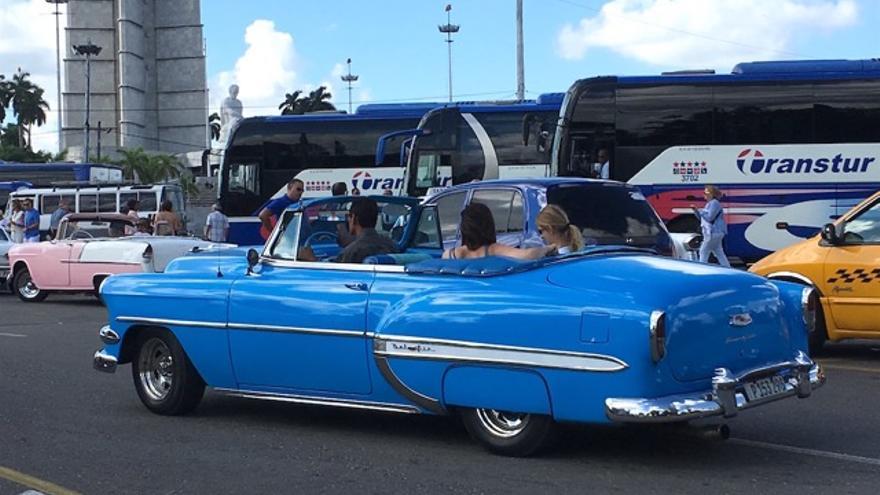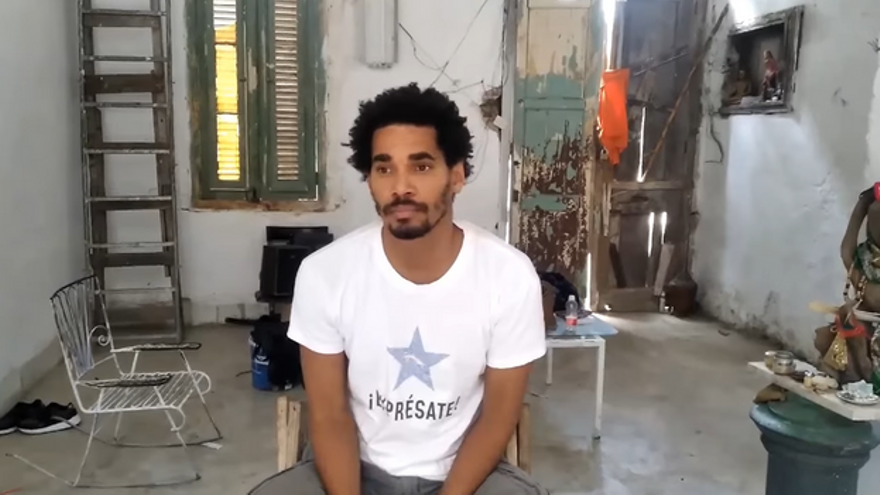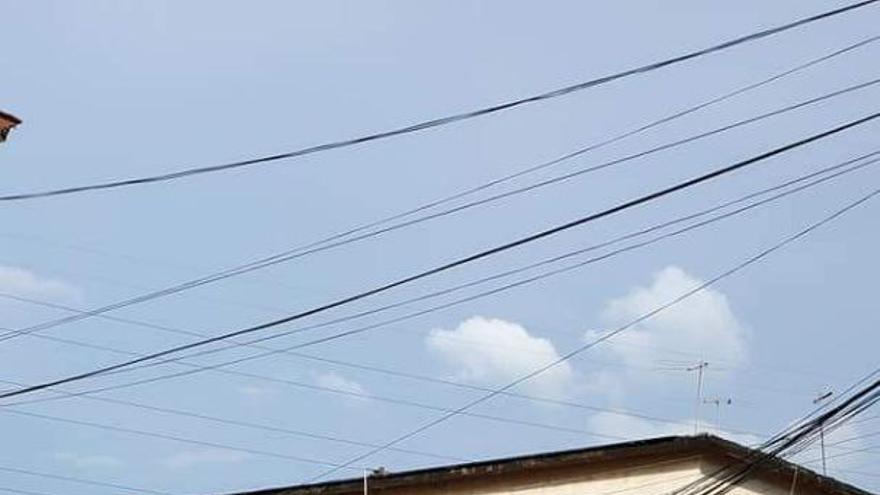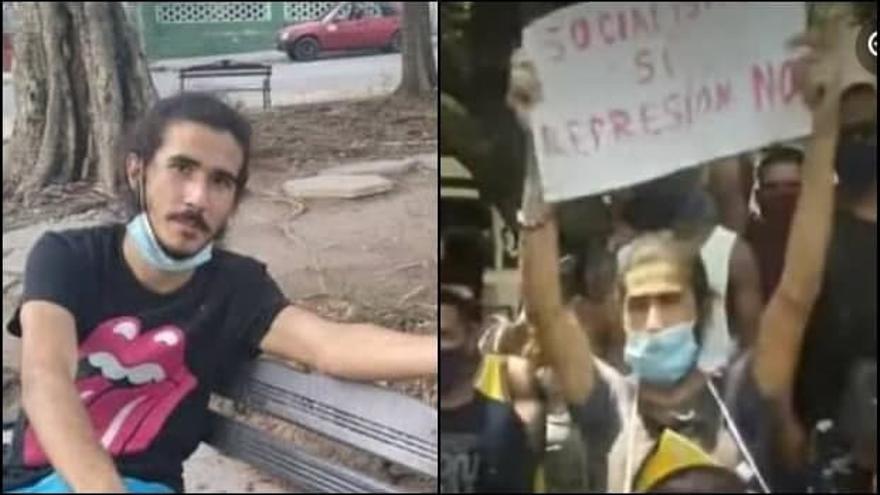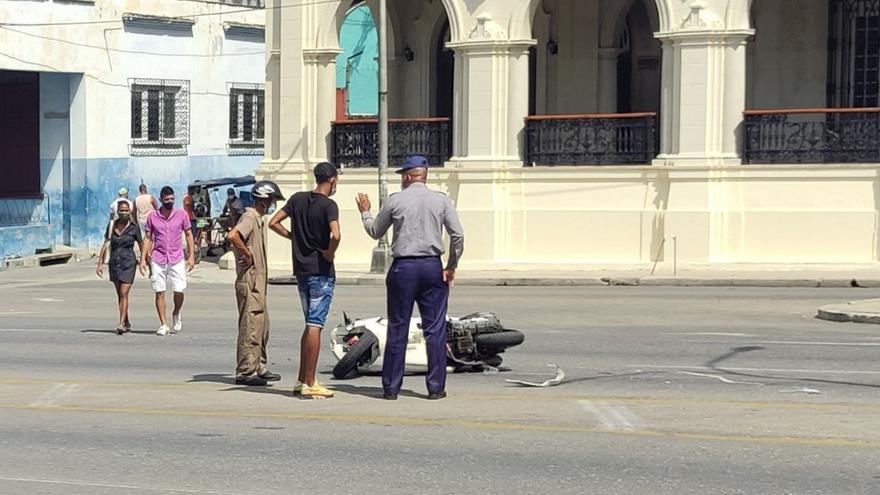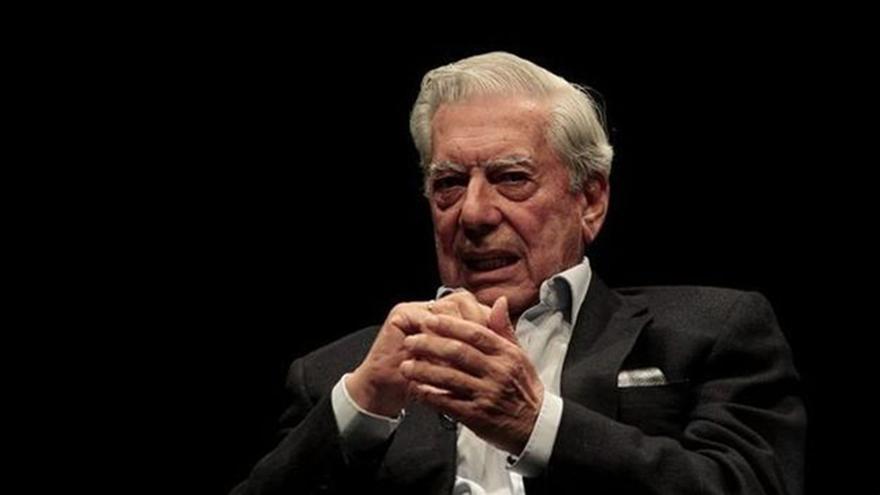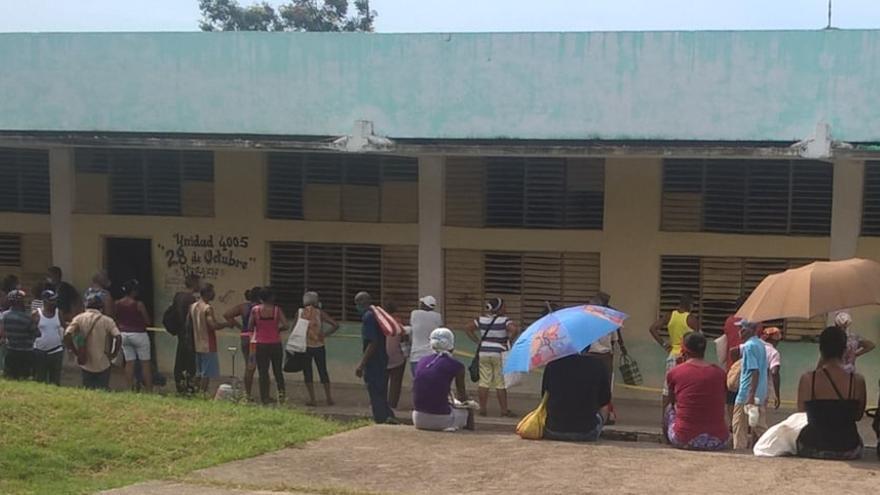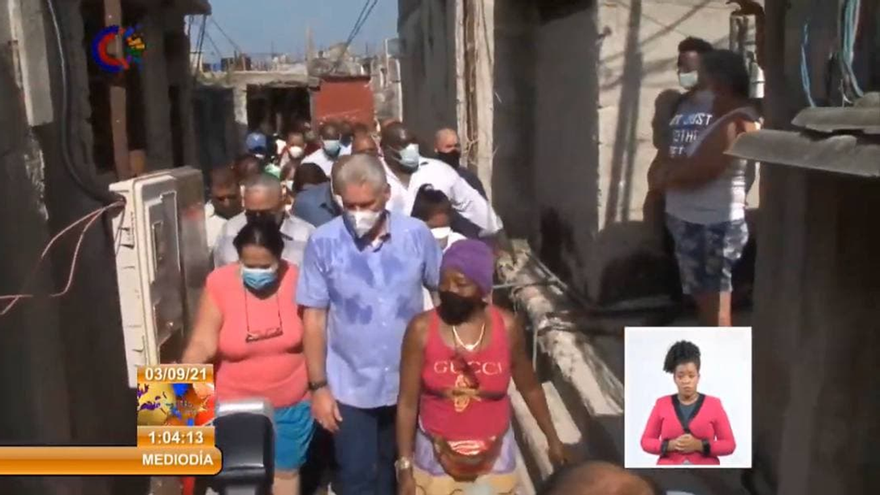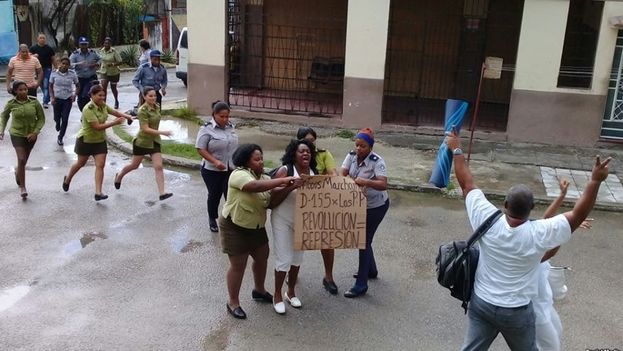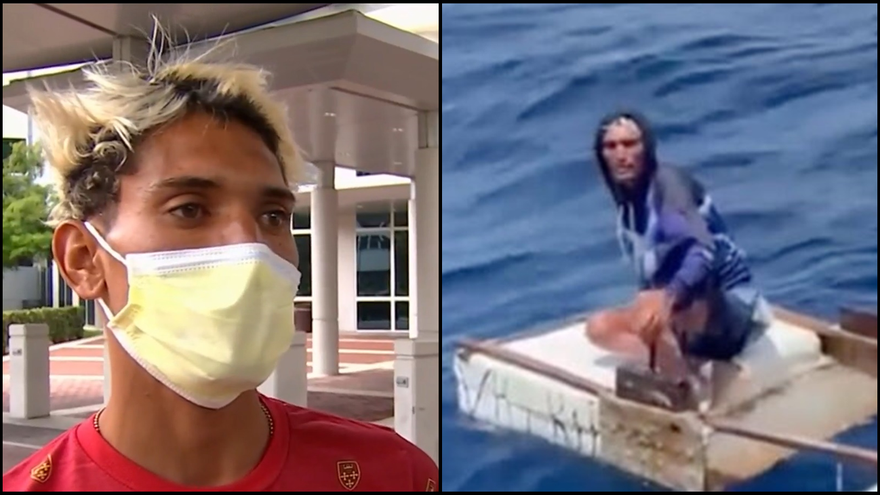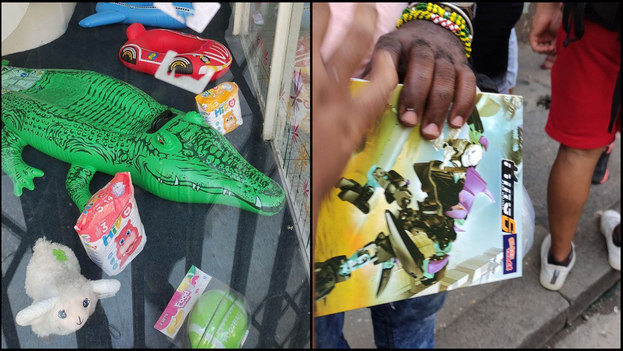
![]() 14ymedio, Natalia López Moya and Juan Diego Rodríguez Havana, 7 September 2021 — “They are selling children’s toys,” was the phrase that ran from corner to corner all over Havana this Monday. The sale, which might be an insignificant thing in other places, in the Cuban capital has great popular importance, because state business have had no toys to sell for months.
14ymedio, Natalia López Moya and Juan Diego Rodríguez Havana, 7 September 2021 — “They are selling children’s toys,” was the phrase that ran from corner to corner all over Havana this Monday. The sale, which might be an insignificant thing in other places, in the Cuban capital has great popular importance, because state business have had no toys to sell for months.
“Those that remained were didactic games, for example, a chess game at 215 pesos and a naval combat game at 125,” a father who was trying to make a purchase at the La Infancia store, at 23rd and 6th, in El Vedado told 14ymedio, before entering and discovering that “there was almost nothing… They put out toys costing up to 1,000 and 2,000 pesos, very expensive, but with even with all that, they flew off the shelves, people bought them.”
In the line another lady stated that the toys they were selling in the past days were only for ’millionaires’ because of the prices. “They ranged from 1,000 something to 3,000 pesos.”
Another customer of the same store complained because a few months ago the few toys they sold were for children up to 15 years old, but since Monday they have lowered the age range and only allow their sale for children of 6 or 7. “For board games we do not require continue reading
The presentation of the child’s identity document and the restriction on the number of toys that each customer can buy have awakened the ghosts of the era when industrial goods were rationed on the Island. During the decades of the ’70s and ’80s, under the Soviet subsidy, in Cuba only three categories of these products were marketed for each minor.
The boy or girl had the right to a “basic” toy, another “non-basic” and a third under the category of “directed,” a scale that also decreased with the quality and complexity of the merchandise. Upon presentation of the ration book for industrial products, families could get hold of these toys after extremely long lines that lasted up to weeks.
Now, the lines also follow one another in the store Fantasy World, formerly La Casa Pérez, which sells in pesos and offers toys “from time to time,” according to a neighbor of the building that is on Neptuno Street, in Centro Habana. “Sometimes all there is are board games: ludo, chess and stuff.” Unlike 30 years ago, these are not subsidized, but their costs are quite high in relation to wages.
This Monday, Fantasy World also had some toys for sale, upon presentation of the minor’s card. They were offering stuffed animals, a few transformers, and plastic animals.
“Tremendous line! It goes around the corner,” exclaims a mother who found out about the sale and tried to get in line, but gave up. “According to what I heard, there are those who have been there since yesterday,” he says with regret. Like her, others were amazed because this time the line “was quiet.” In other stores, such as those on Obispo Street, “the fights, whistles, violence and adult language is tremendous. When they take out toys there are any number of policemen to control that.”
____________
COLLABORATE WITH OUR WORK: The 14ymedio team is committed to practicing serious journalism that reflects Cuba’s reality in all its depth. Thank you for joining us on this long journey. We invite you to continue supporting us by becoming a member of 14ymedio now. Together we can continue transforming journalism in Cuba.

